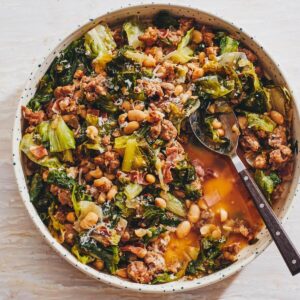

THE WELLNESS BLOG
Tag: img-contain



Leptin Deficiency and Resistance: What you Need to Know
The term ‘obesity’ is used in this blog because it is the term commonly found in the research literature. However, we acknowledge that this term can be highly stigmatizing and

Is Breathwork Appropriate for Clients on the Spectrum?
Breathwork offers widely recognized calming and stress-relieving benefits, but is it effective for clients with autism spectrum disorder (ASD), particularly in the context of nutrition therapy? Many individuals with autism experience






Five Favorite Meditations
In our fast-paced world, finding moments of peace can seem like a daunting task. Meditation offers a powerful antidote, allowing us to cultivate mindfulness, reduce stress, and connect with our

